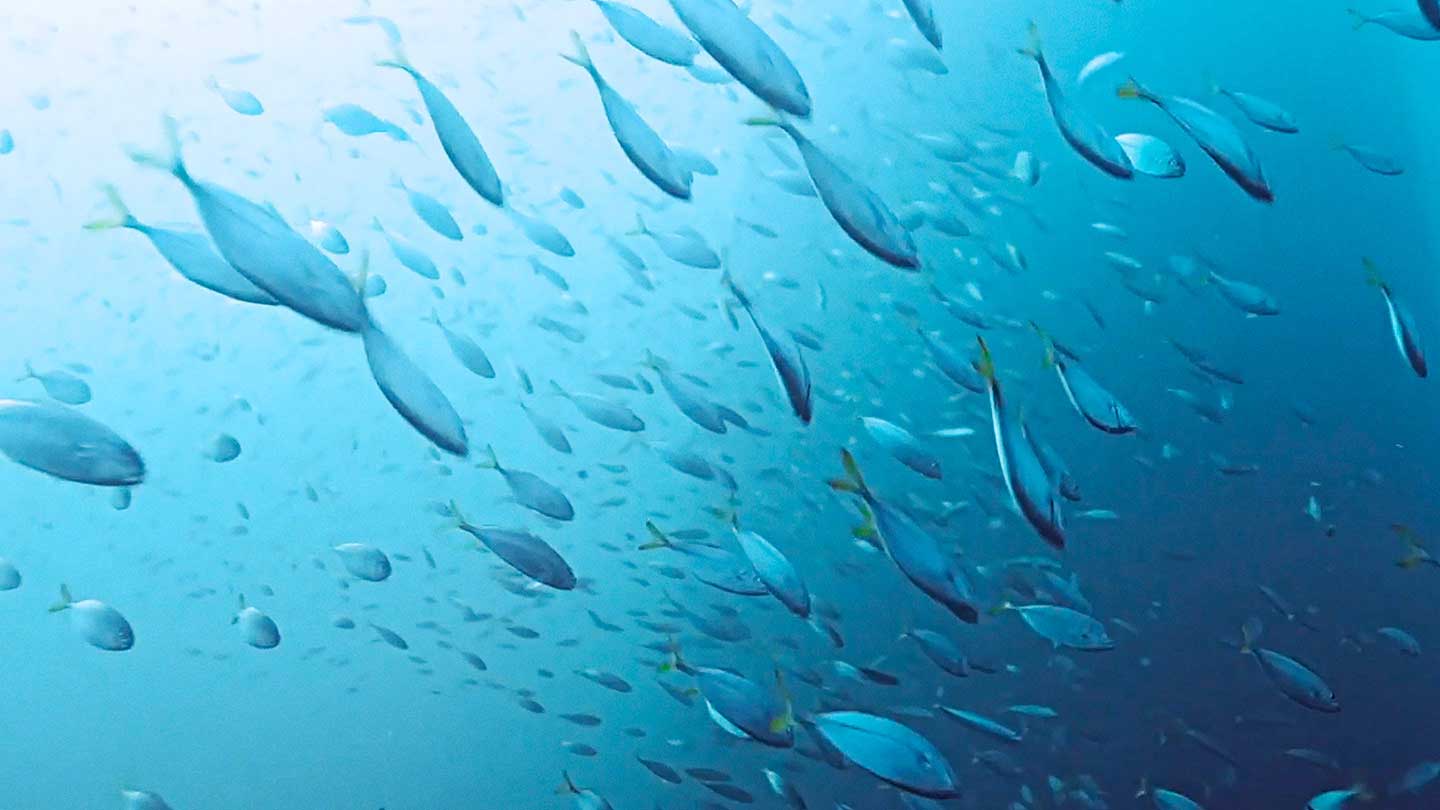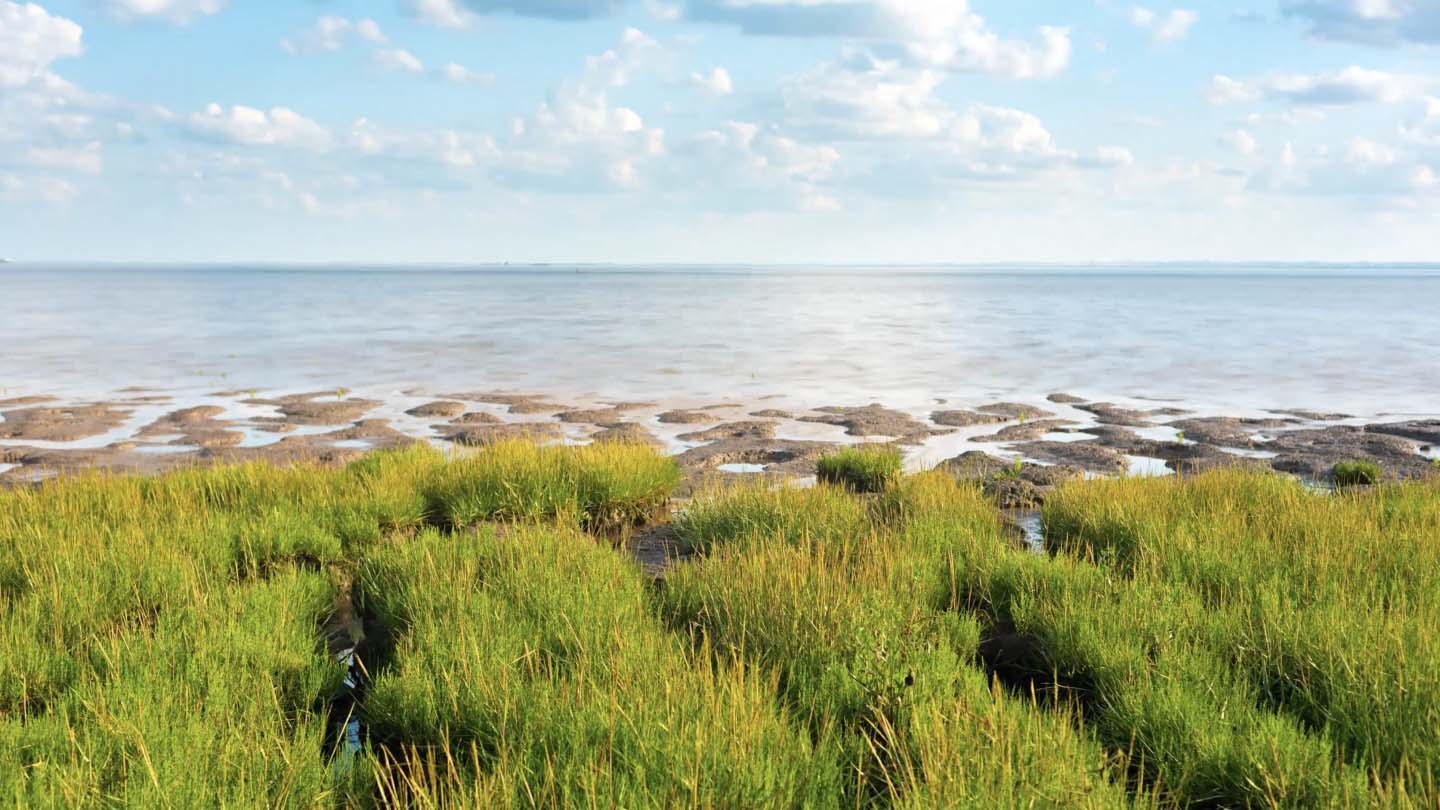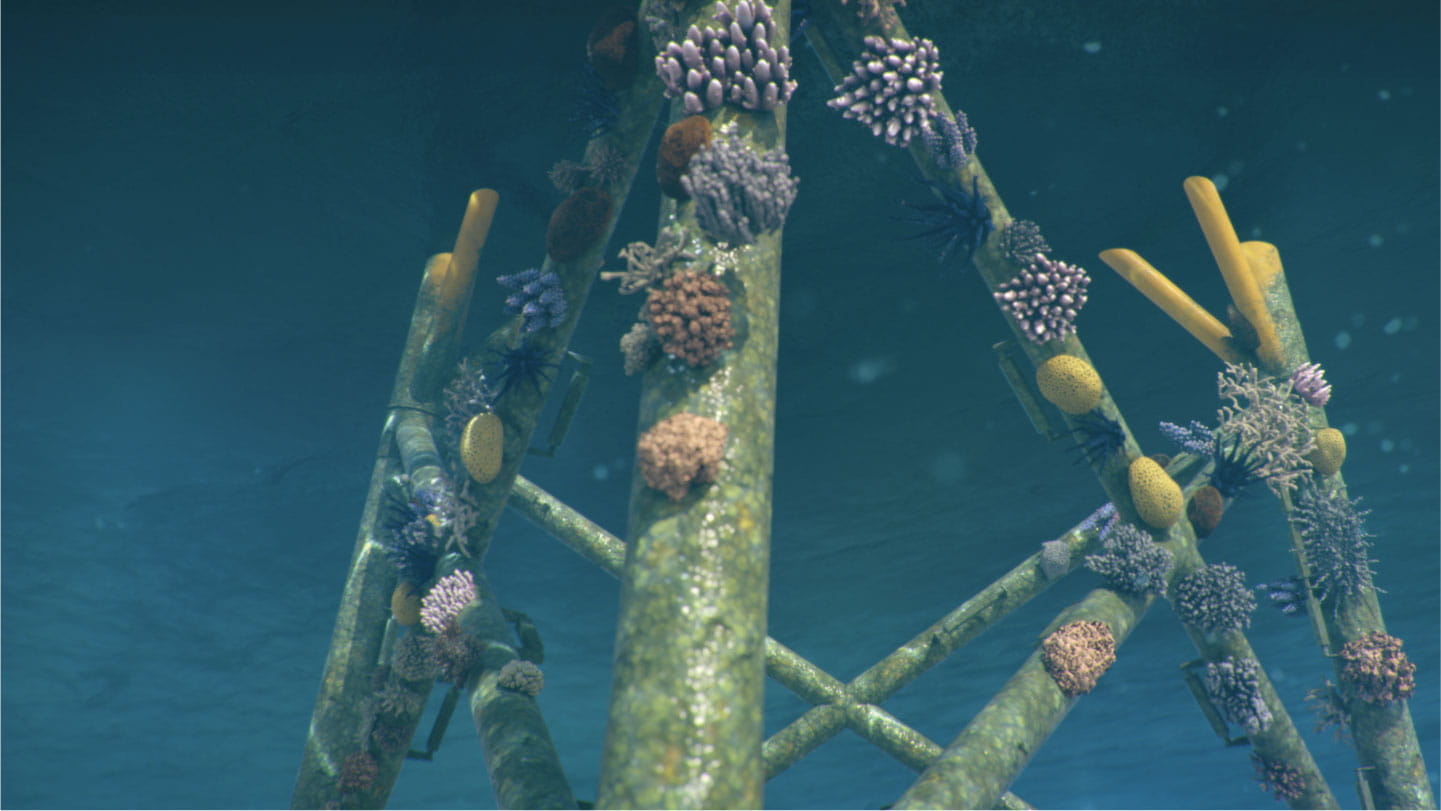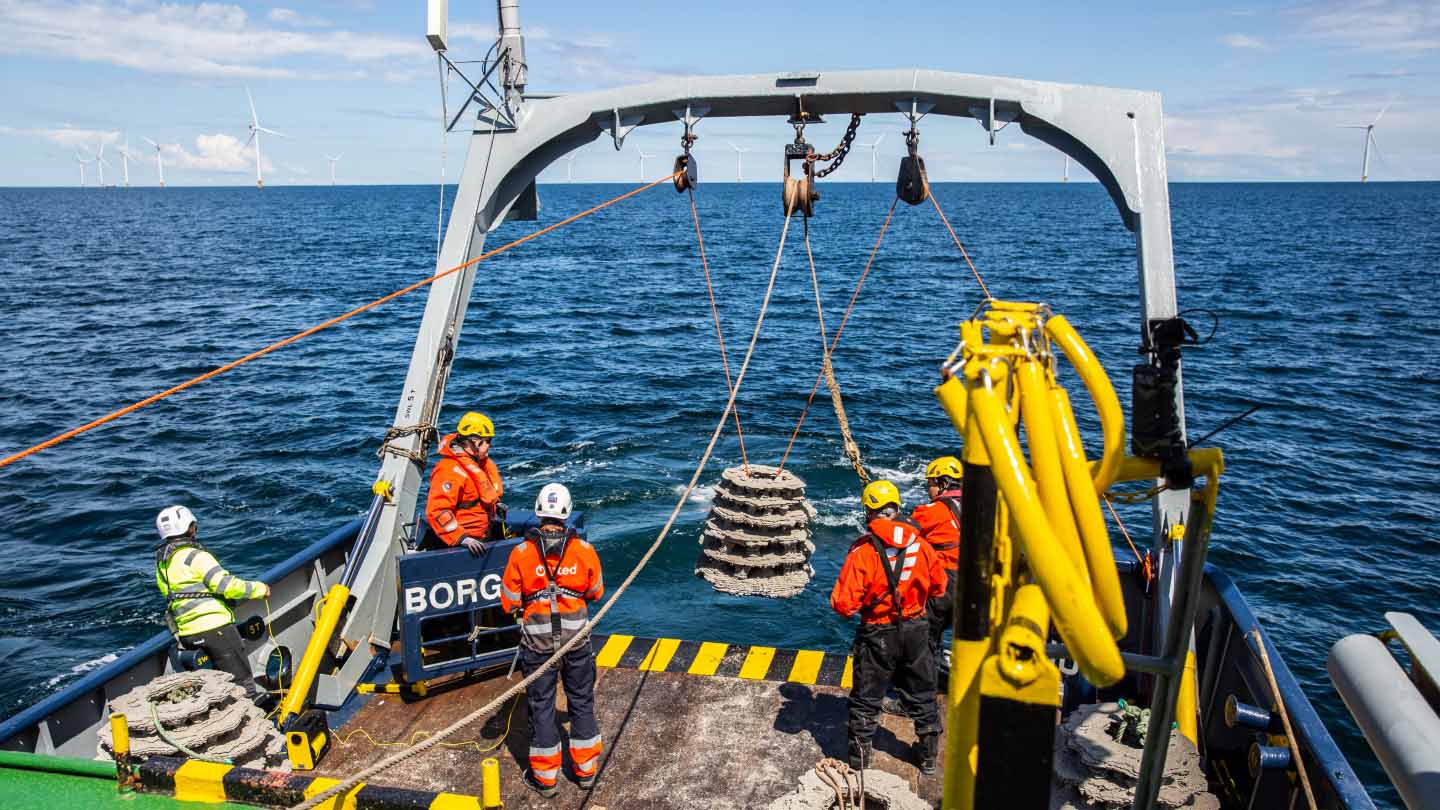We support biodiversity initiatives in environments where we build and operate onshore renewable energy projects, such as wind and solar farms, bringing together environmental organisations, local communities, research institutions, and the energy industry in taking action on the twin crises of biodiversity loss and climate change.
Restoring native tallgrass prairies in Kansas, US
The Flint Hills region of eastern Kansas in the US is home to two-thirds of the world’s remaining tallgrass prairie. We have donated more than USD 2 million to the Conservation Fund and The Nature Conservancy to conserve and restore up to 3,000 acres of tallgrass prairie around our Sunflower Wind Farm.
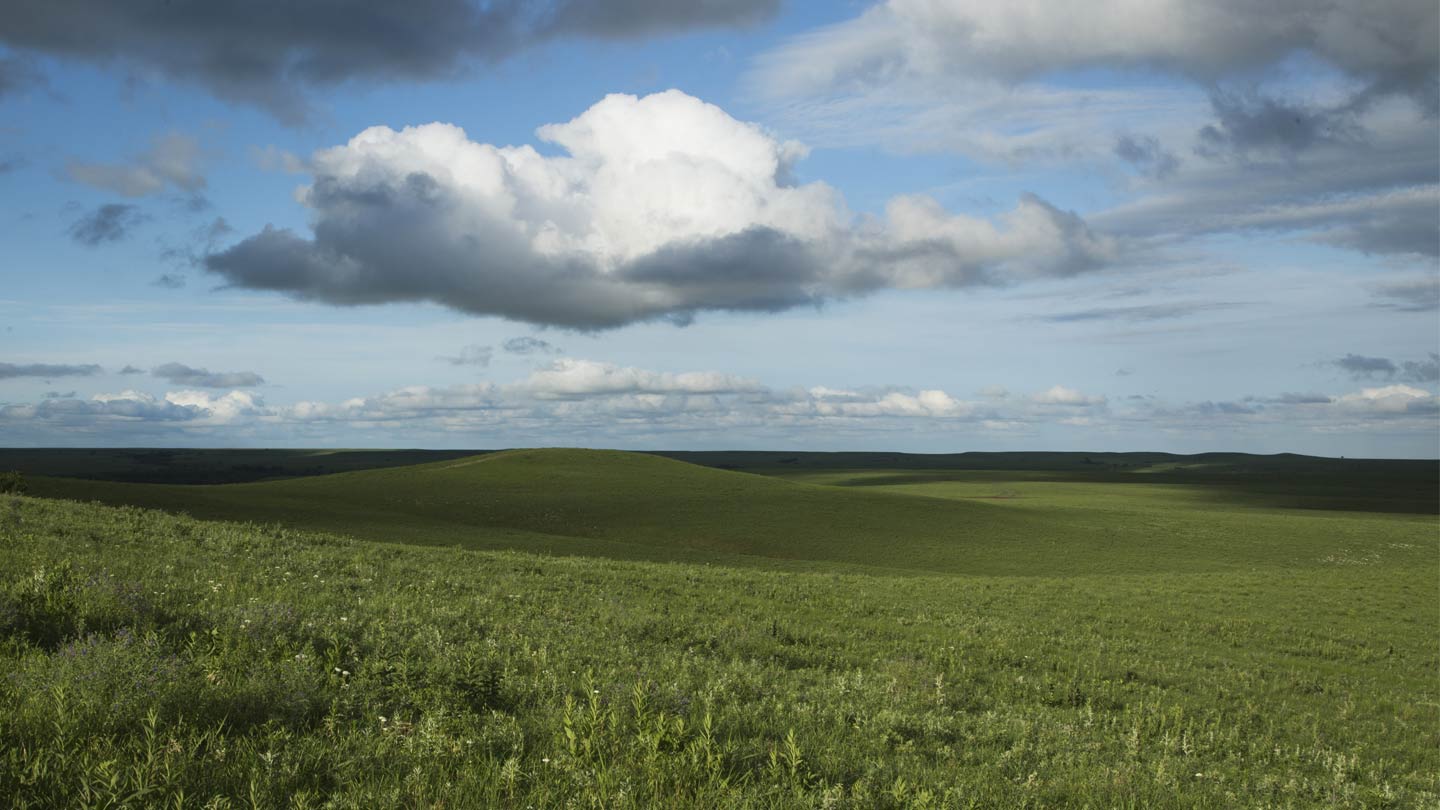
Protecting native tallgrass prairies in Texas, US
Prairies are some of the hardest-working ecosystems on the planet, serving people and animals alike by filtering water and storing carbon. That’s why we’ve taken steps to preserve almost 1,000 acres of the tallgrass prairie that grows around our Mockingbird solar farm in Texas, US. In collaboration with The Nature Conservancy, we’re preserving over 50% of the Smiley-Woodfin Native Prairie Grassland, the largest continuous stretch of this rare tallgrass in the United States.
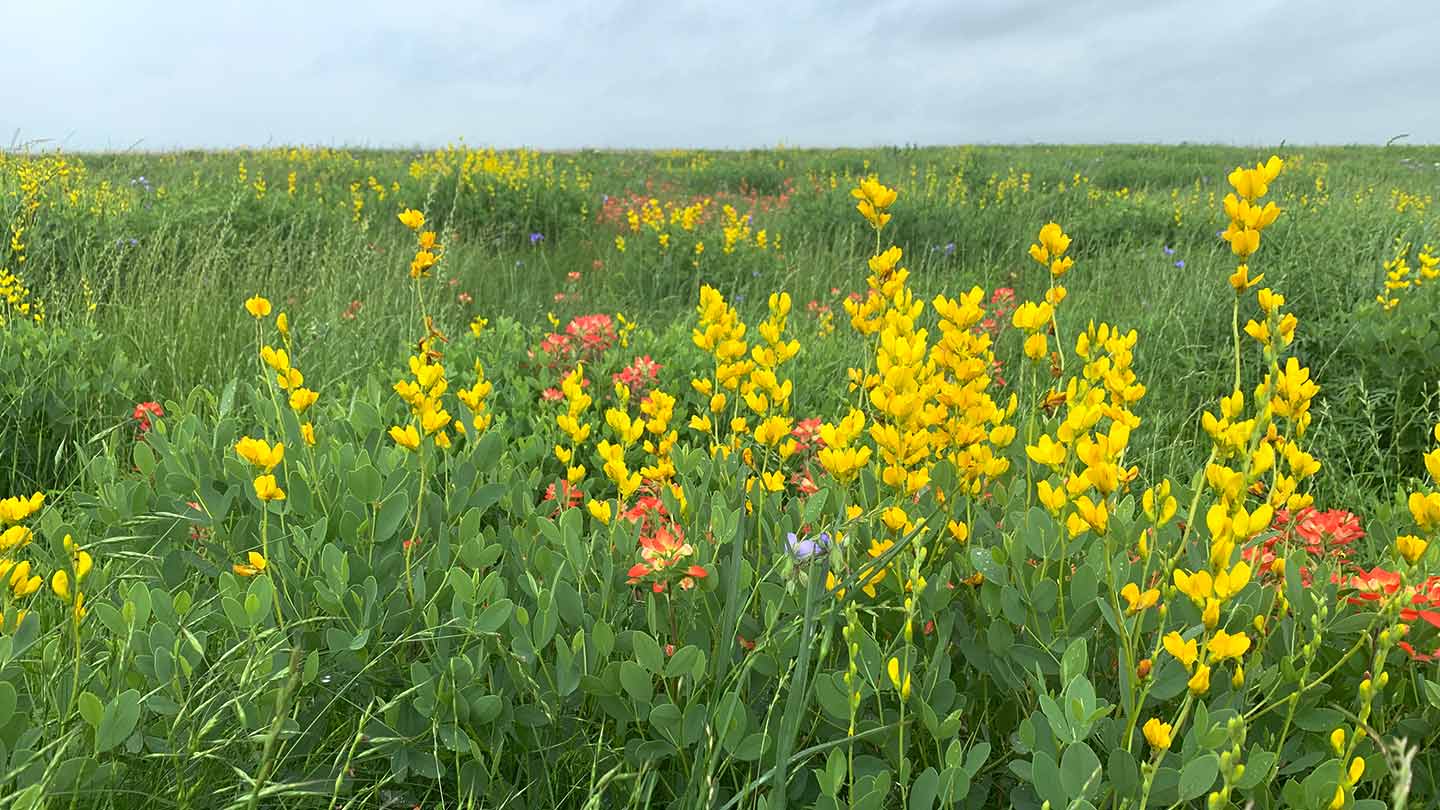
Restoring natural wetlands with the Playa Lakes Joint Venture
Playas are natural wetlands that collect rainwater and create temporary lakes. They sustain a diverse range of native animals and vegetation, and supply local communities with water. We’re restoring 500 acres of this freshwater ecosystem, keeping it healthy, functional, and resilient. Together with the Playa Lakes Joint Venture, we’re restoring several playas near our wind farms in Texas, US.
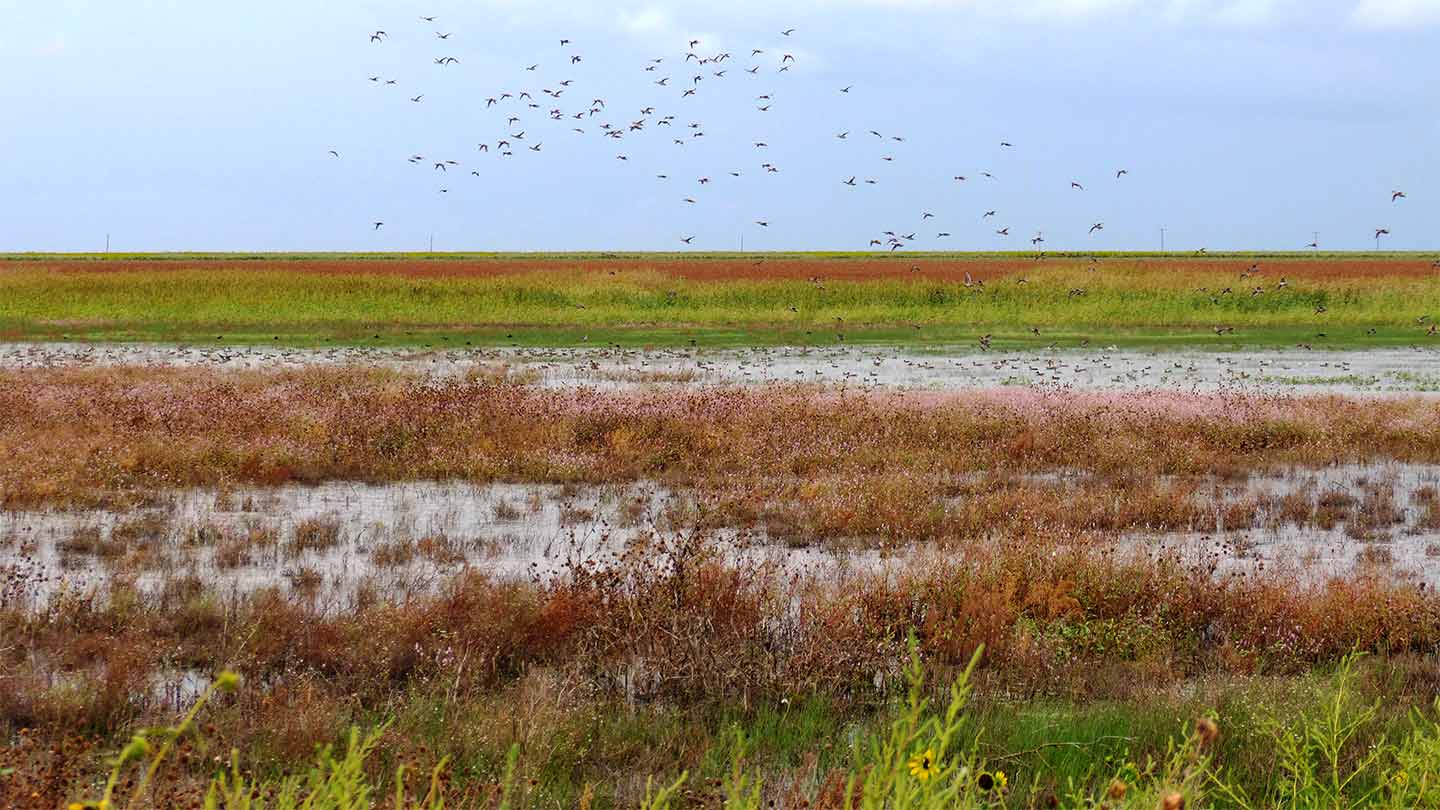
Identifying owl habitats with Arizona State University
How can burrowing owls coexist with solar panels? This is the question students at Arizona State University have set out to answer. Funded by an Ørsted grant, future biologists, ecologists, and data analysts will identify areas in Arizona with high-priority owl habitats, and look into restoration opportunities. Students will seek solutions for relocating displaced owls and help energy companies understand how to construct solar farms responsibly alongside owl habitats.
.jpg?mh=1440&mw=1440&rev=092e68b421294dce9f9b60c9dcbb0b63&hash=3F4E08E076F0E57BB32CB50C71B18F9D)









